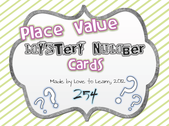
We had a bit of a crazy week, with different activities added here and there (plus we have our Class Assembly next week, so we are practising like mad), so maths time was more abbreviated than normal this week. We did manage, however, to practise drawing Base 10 representations of numbers, and I introduced the idea of rounding to the nearest 10 today.
Awhile ago, I found this very cute (and versatile) Mystery Number game on TPT (Teachers Pay Teachers). It's by Love to Learn, and best of all - it's FREE! It's also differentiated, as there are cards for TU, HTU and ThHTU. Perfect! I've been using it in a variety of different ways throughout our unit on place value.
Originally, I introduced the cards by playing a game in my small groups. I put the kids in pairs, then I read out a 'Mystery Number' (e.g., My mystery number has 4 in the Tens place and 8 in the units place). The first pair to build their number using Base 10 materials won a point. This was very popular!
The cards then moved to a station, where they had to draw a card from a bucket, then record their number on a recording sheet (the download includes a few different types of recording sheets, so you can take your pick). This works as a nice little assessment, to see who is getting the place value concepts, and who may be struggling a bit.
I also wanted to use the Mystery Number cards to get the kids to draw Base 10 representations of numbers (while also double checking their ability to identify and write the correct number from the 'Mystery Number' description), so I created my own recording sheets (below). They are differentiated for my 3 different groups - I have one group working with TU, another working with HTU and a third working on ThHTU:
If you think of any additional ways to use these Mystery Number cards, let me know. It saves so much storage space when the same resource can be used in multiple ways!


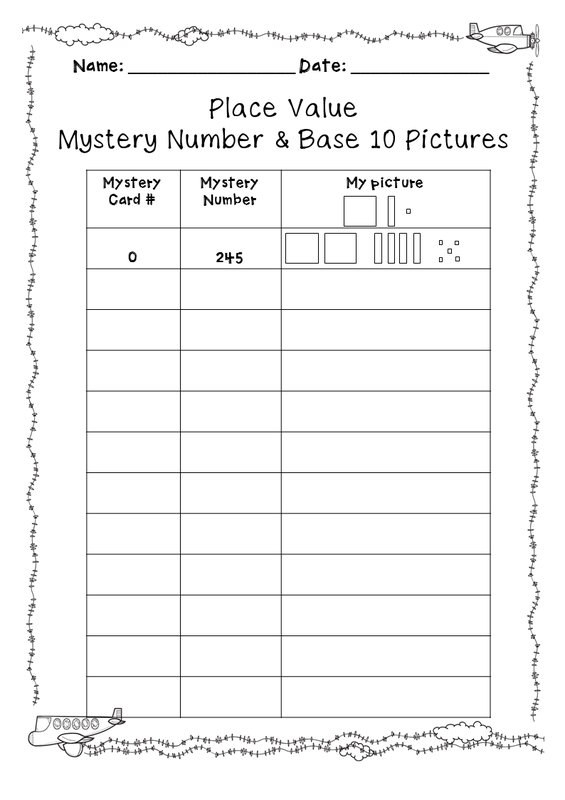
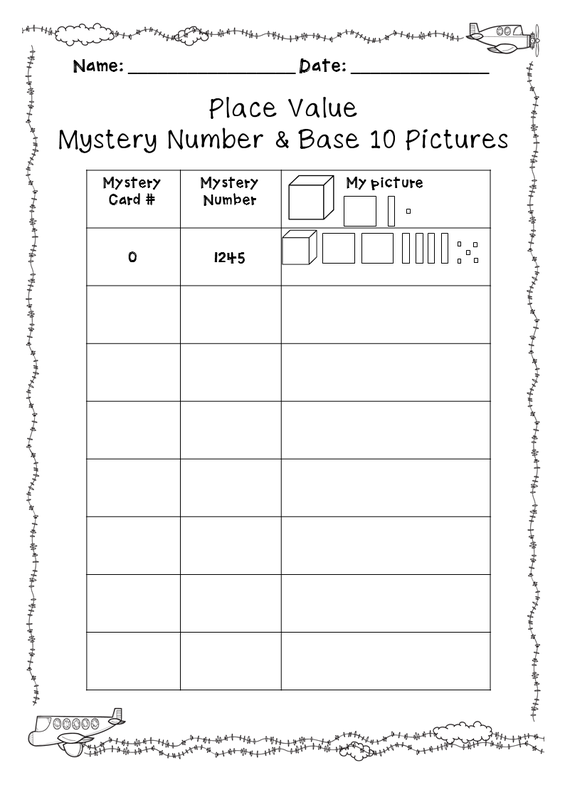
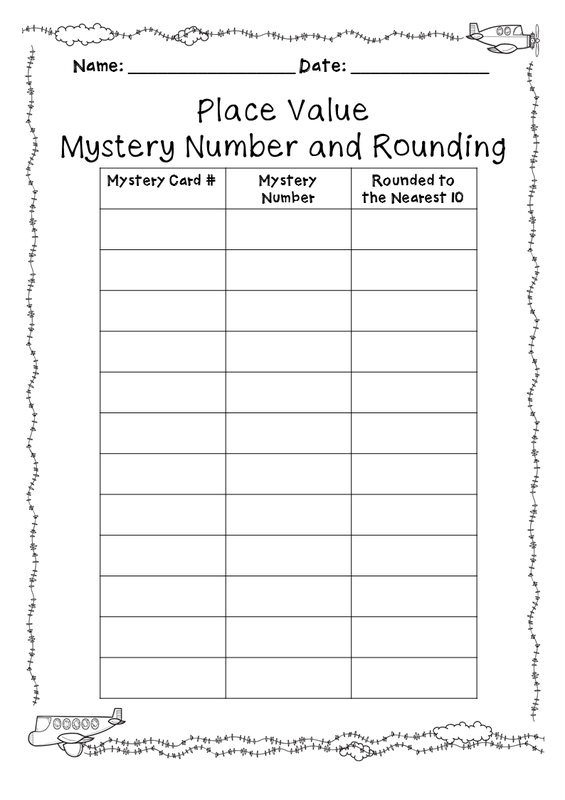
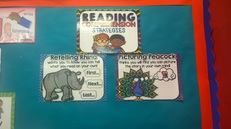
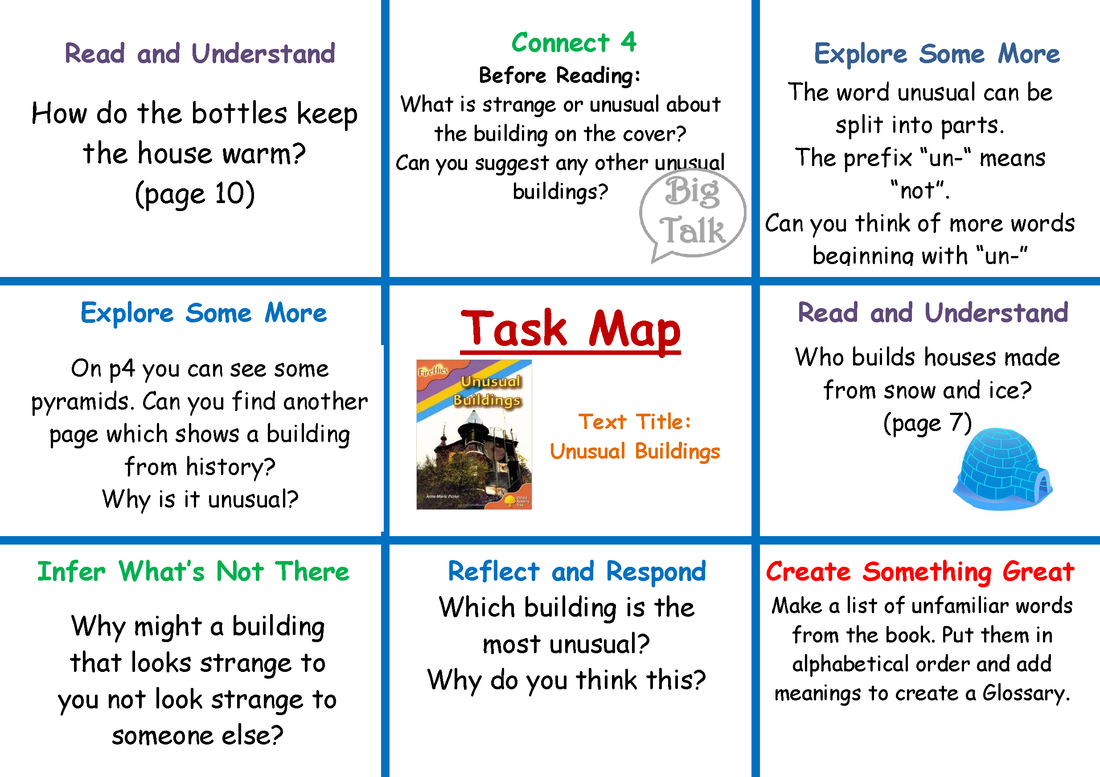
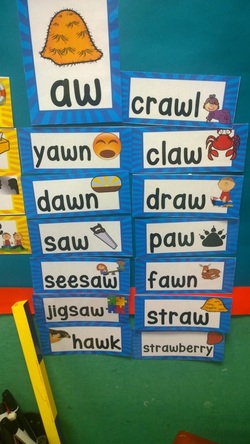
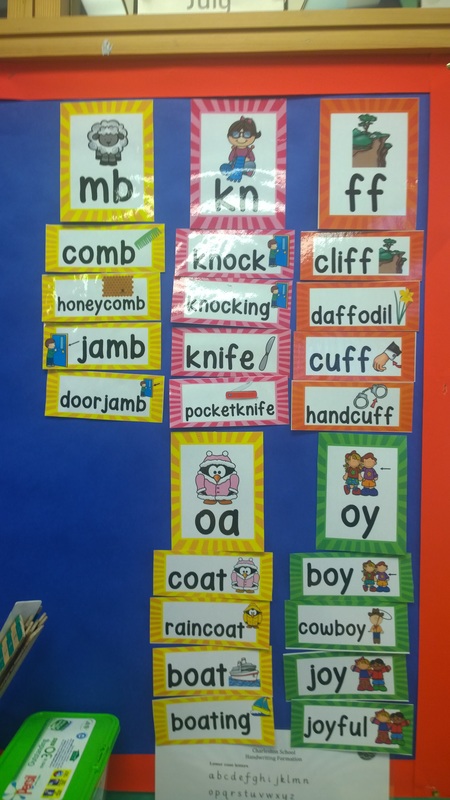
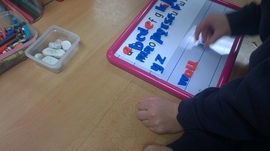

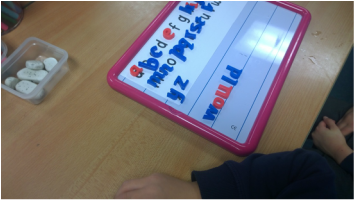
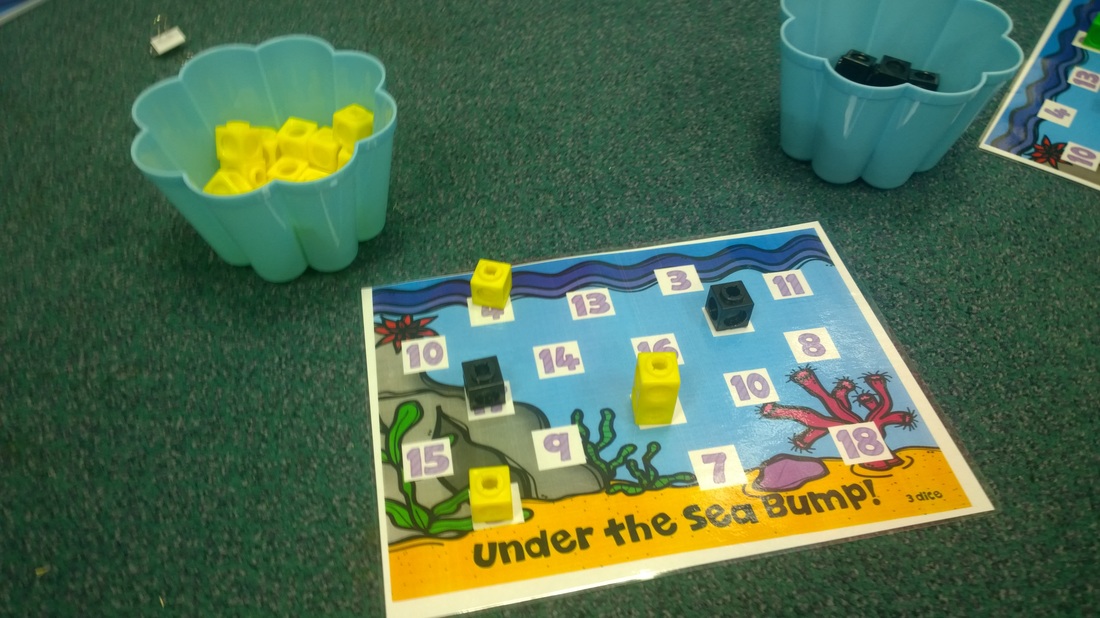

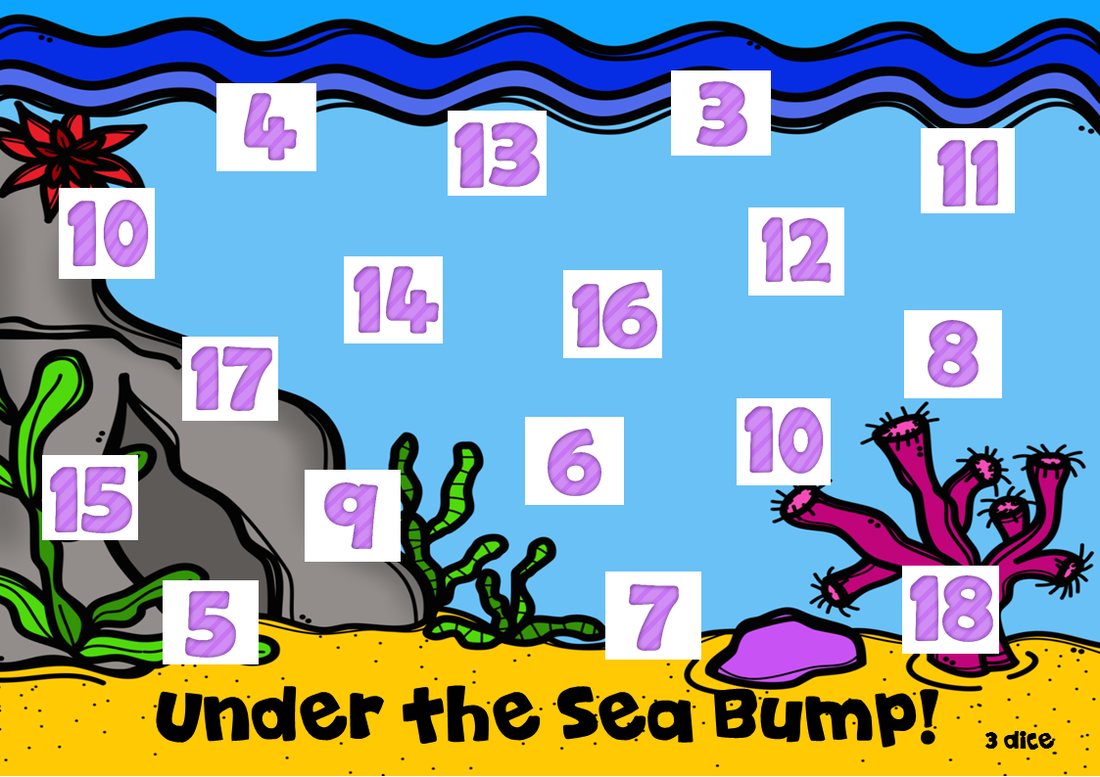
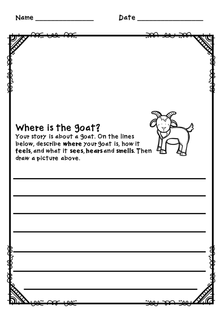
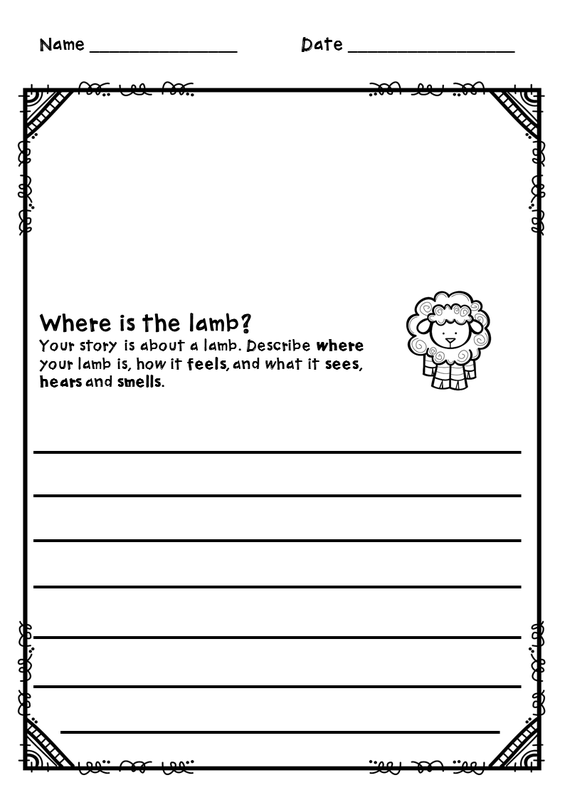
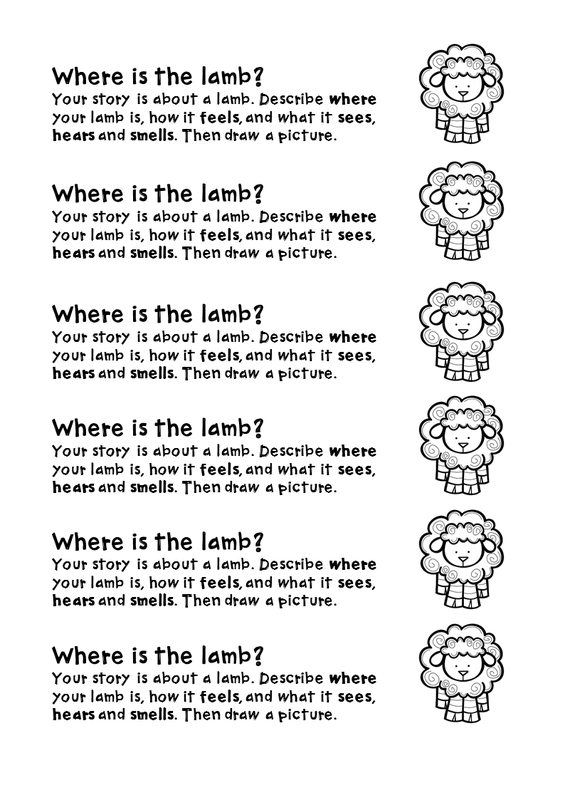
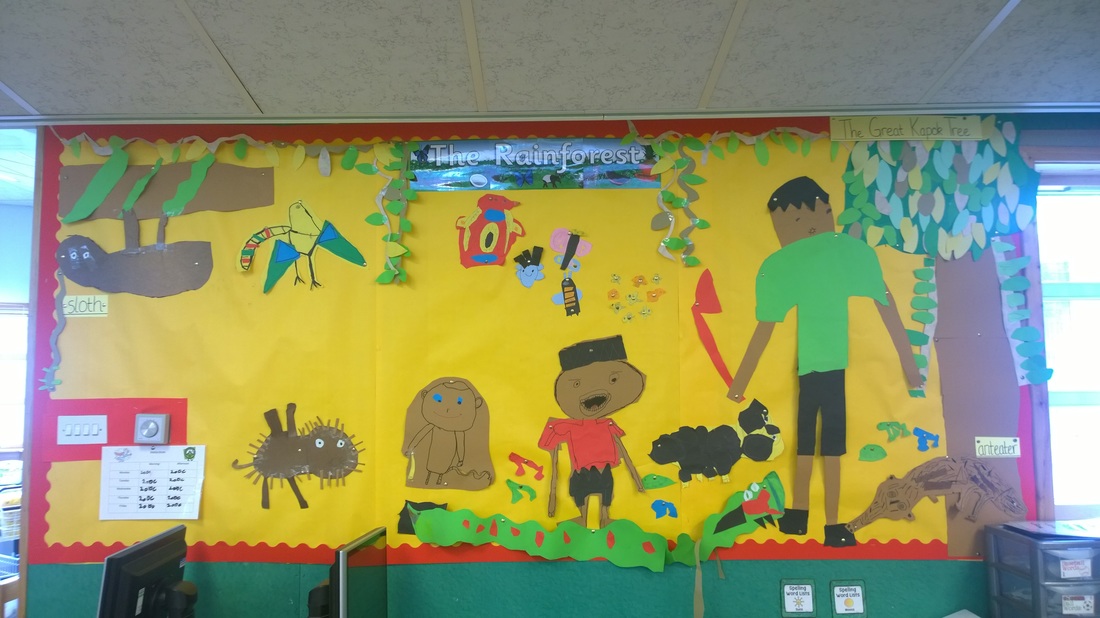
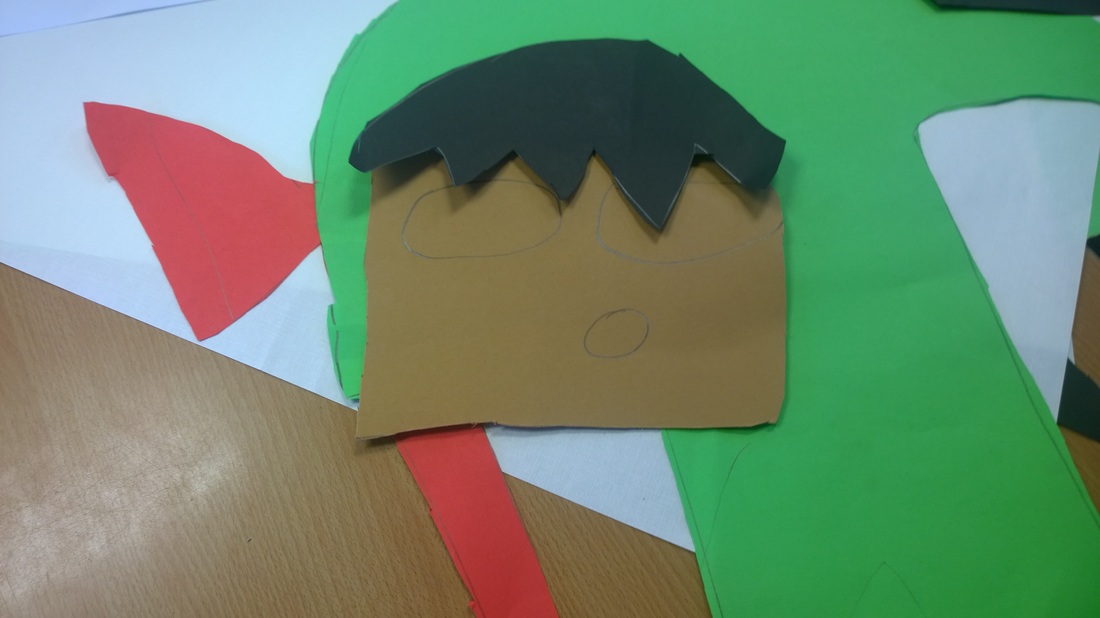
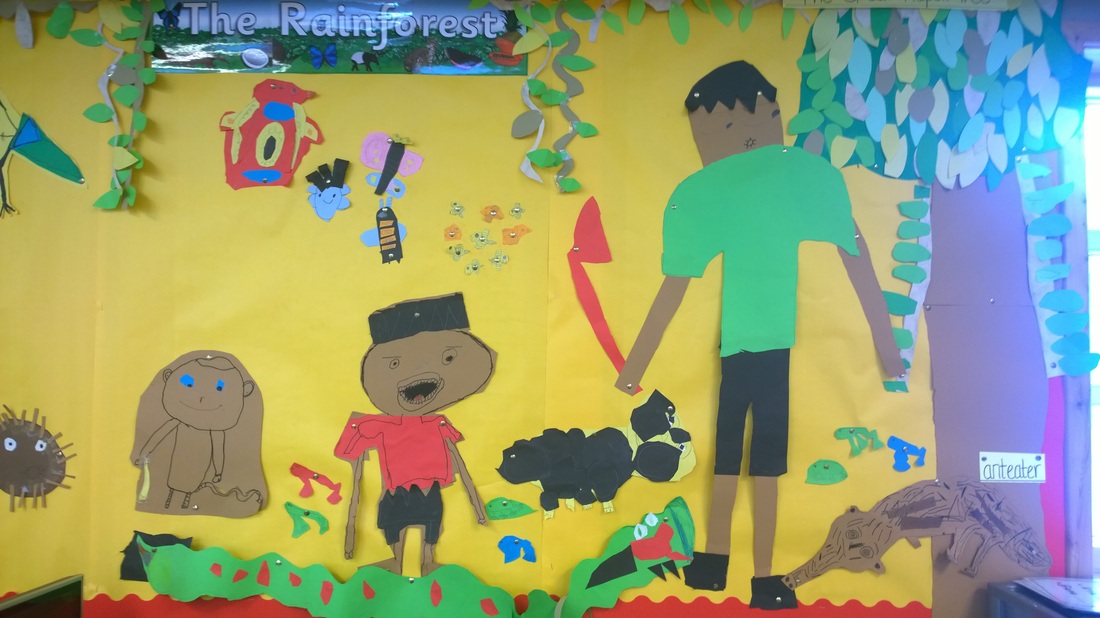
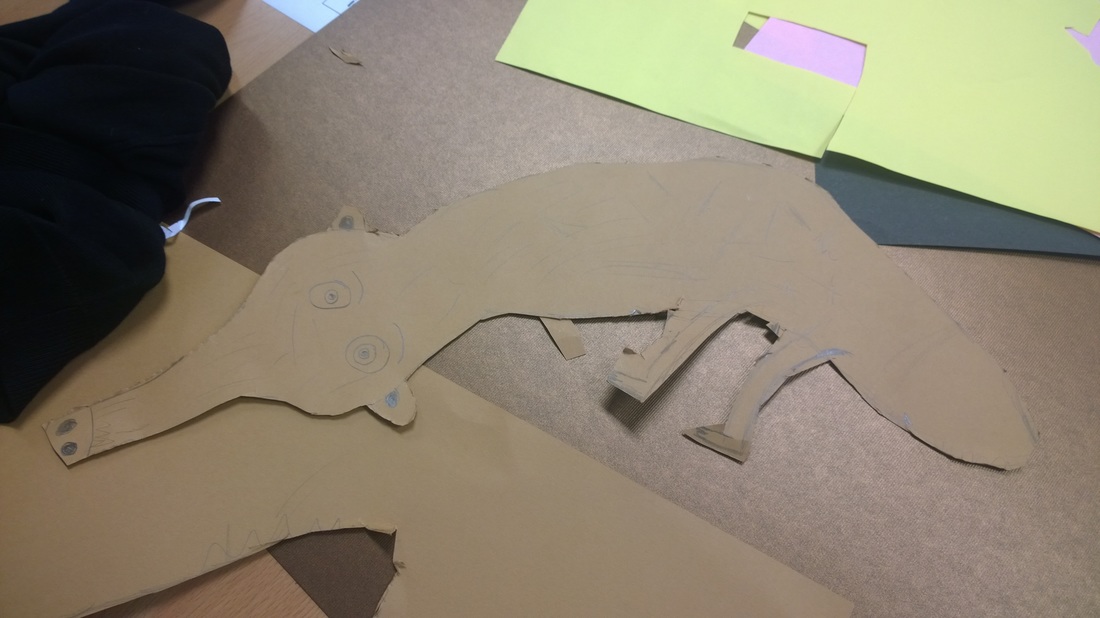
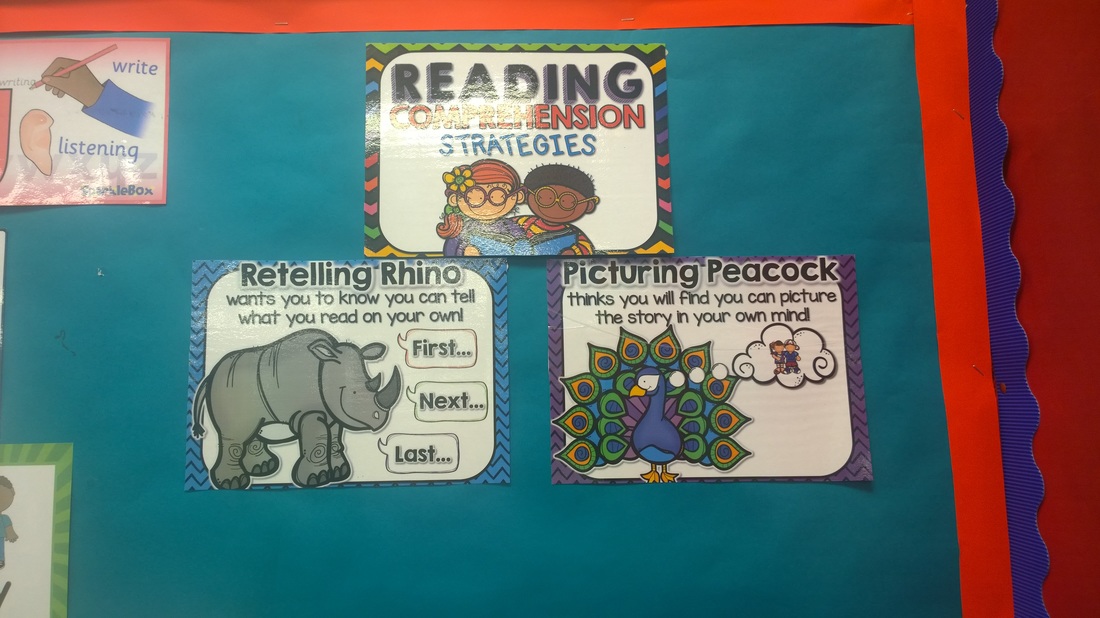
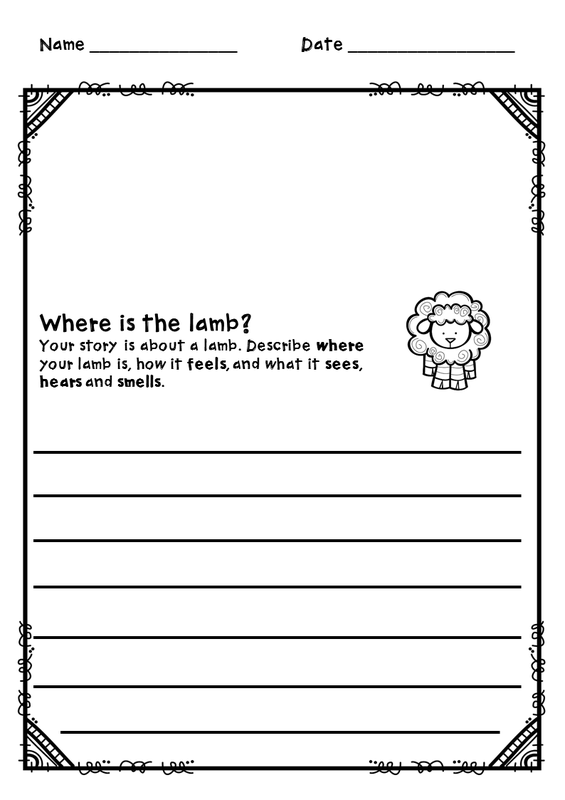
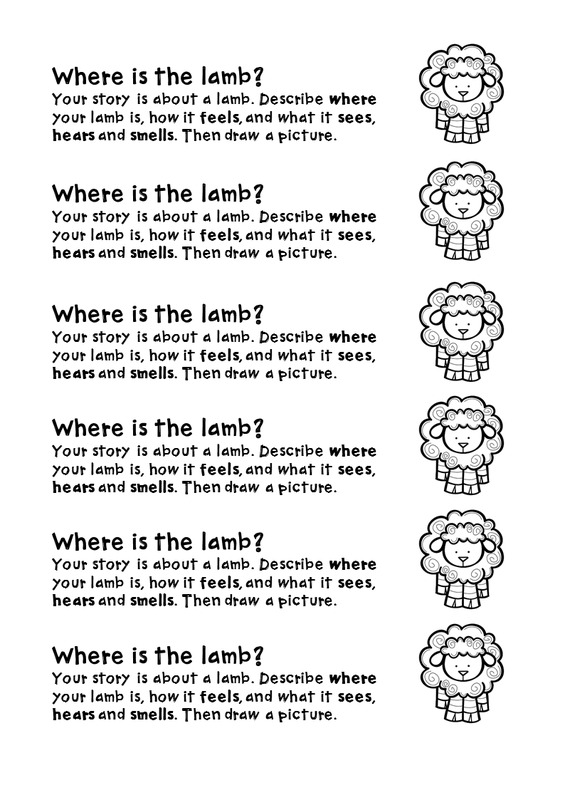
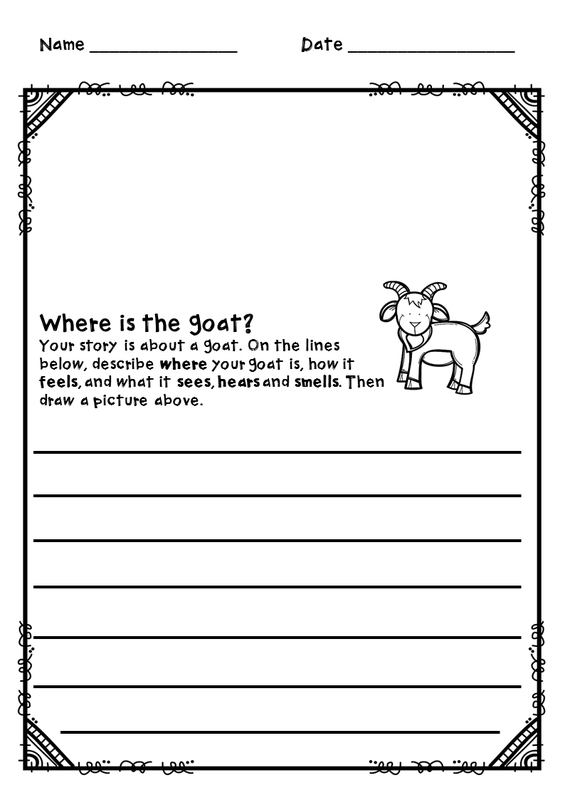
 RSS Feed
RSS Feed